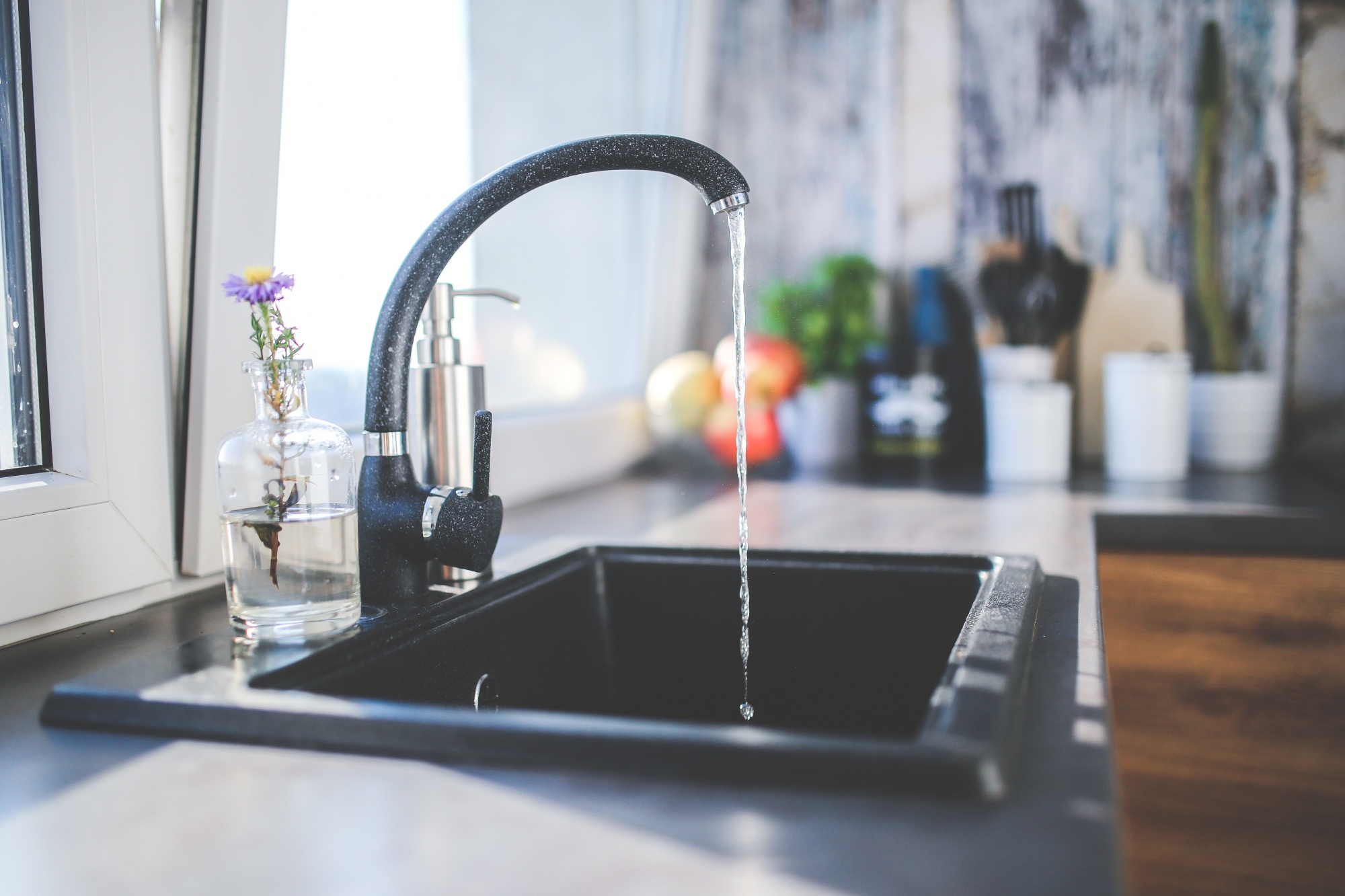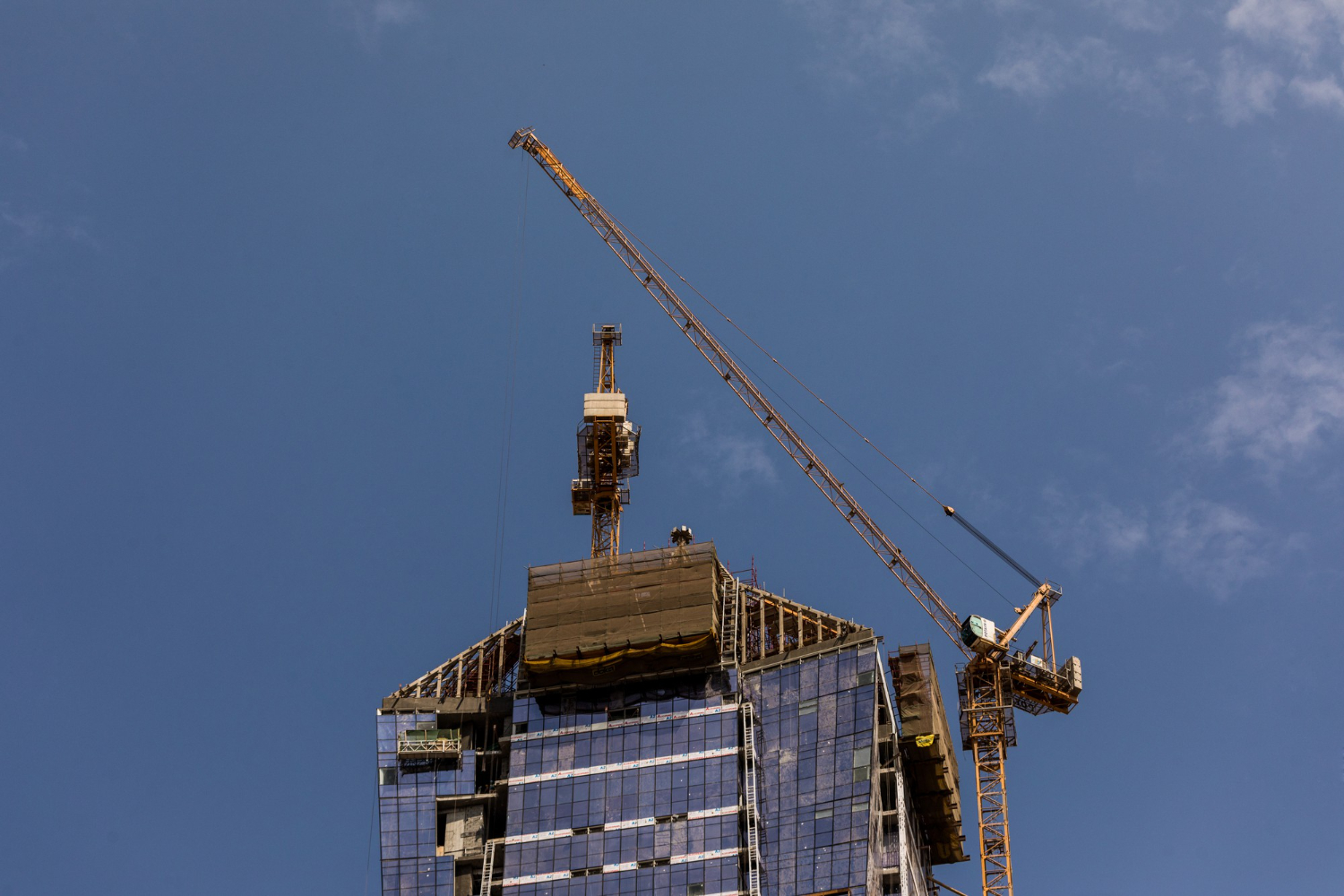

Mechanical services are the vital organs that ensure a building’s functionality, safety, and comfort. These systems are as essential to buildings as the skeletal framework itself, often unseen but indispensable. From the robust HVAC systems that regulate temperature to the intricate plumbing networks that manage water supply and waste, mechanical services are integral to maintaining the livability and safety of a structure. This blog post aims to shed light on the critical role of mechanical services in building safety. We will explore the multifaceted nature of these systems, their pivotal role in fire safety and air quality, and the necessity of their meticulous management for the wellbeing of building occupants.
The Essence of Mechanical Services
At the core of building management, mechanical services encompass the design, installation, and maintenance of systems that are fundamental to a building’s operation. These include heating, ventilation, and air conditioning (HVAC) systems that create a comfortable indoor climate, plumbing that ensures clean water delivery and efficient waste removal, and electrical systems that power a building’s numerous functions. Each of these components operates within a complex, interdependent network. Properly functioning HVAC systems not only provide comfort but are essential for maintaining air quality and mitigating fire risks. Plumbing systems, while primarily associated with water delivery, also play a crucial role in fire safety through sprinkler systems. Electrical services, though not mechanical in nature, are included in this category due to their critical role in powering mechanical systems. The seamless integration and reliable performance of these services are foundational to the safety, efficiency, and overall functionality of any building.
Mechanical Services and Fire Safety
Mechanical services play a critical role in the layered approach to fire safety within buildings. They are instrumental in both preventing fires and mitigating damage should a fire break out. Sprinkler systems, for instance, are a cornerstone of fire suppression strategies. They are designed to activate in response to high temperatures, dousing flames swiftly and effectively to prevent the spread of fire.
Smoke control systems are another vital feature; by managing the movement of smoke, they help maintain visibility for evacuating occupants and allow easier access for firefighters. These systems can include fans, dampers, and vents that work cohesively to extract smoke from hallways and stairwells, crucial for maintaining a safe egress route.
Emergency ventilation systems also contribute to fire safety by providing a supply of fresh air and preventing the build-up of dangerous gases. In the event of a fire, they can be invaluable for maintaining a breathable atmosphere, especially in densely occupied buildings like high-rises.
The reliability of all these systems hinges on regular maintenance and rigorous inspections. Mechanical components can degrade over time or malfunction without warning. Therefore, it is essential to adhere to strict maintenance schedules, ensuring that components such as fire dampers, smoke detectors, and sprinkler heads are in optimal working condition. Inspections should be thorough and conducted by qualified professionals who can identify and rectify potential issues before they compromise the building’s safety.
Air Quality and Ventilation
Proper ventilation and air filtration systems are pivotal in maintaining indoor air quality, a crucial factor that affects the health and well-being of building occupants. Good air quality reduces the risk of respiratory issues, allergies, and even long-term health conditions like asthma. Mechanical services ensure that fresh air circulates throughout the building, pollutants are filtered out, and humidity levels are kept in check, all of which contribute to a healthier environment.
Poor air quality, conversely, can lead to Sick Building Syndrome, where occupants experience acute health and discomfort effects, often without a specific illness being identified. Symptoms like headaches, dizziness, and nausea are attributed to time spent within the building and are typically linked to poor ventilation, chemical contaminants from indoor or outdoor sources, and biological contaminants.
Advancements in air filtration and purification technologies have made significant strides in improving indoor air quality. HEPA filters, for example, can trap particles as small as 0.3 microns, effectively removing dust, pollen, mold, bacteria, and any airborne particles of similar size. Ultraviolet (UV) light purification systems are being used to eliminate microorganisms, while other emerging technologies aim to neutralize pollutants chemically. These innovations are becoming increasingly integrated into modern mechanical services, offering a more comprehensive approach to managing air quality in buildings of all sizes and purposes.
Regular maintenance of these systems by qualified professionals ensures they operate efficiently, providing consistent air quality improvements. The advancements in these technologies, alongside diligent maintenance, represent a proactive stride toward securing the health and comfort of building occupants.
Reach out to Balance Mechanical to see how we could help you.




